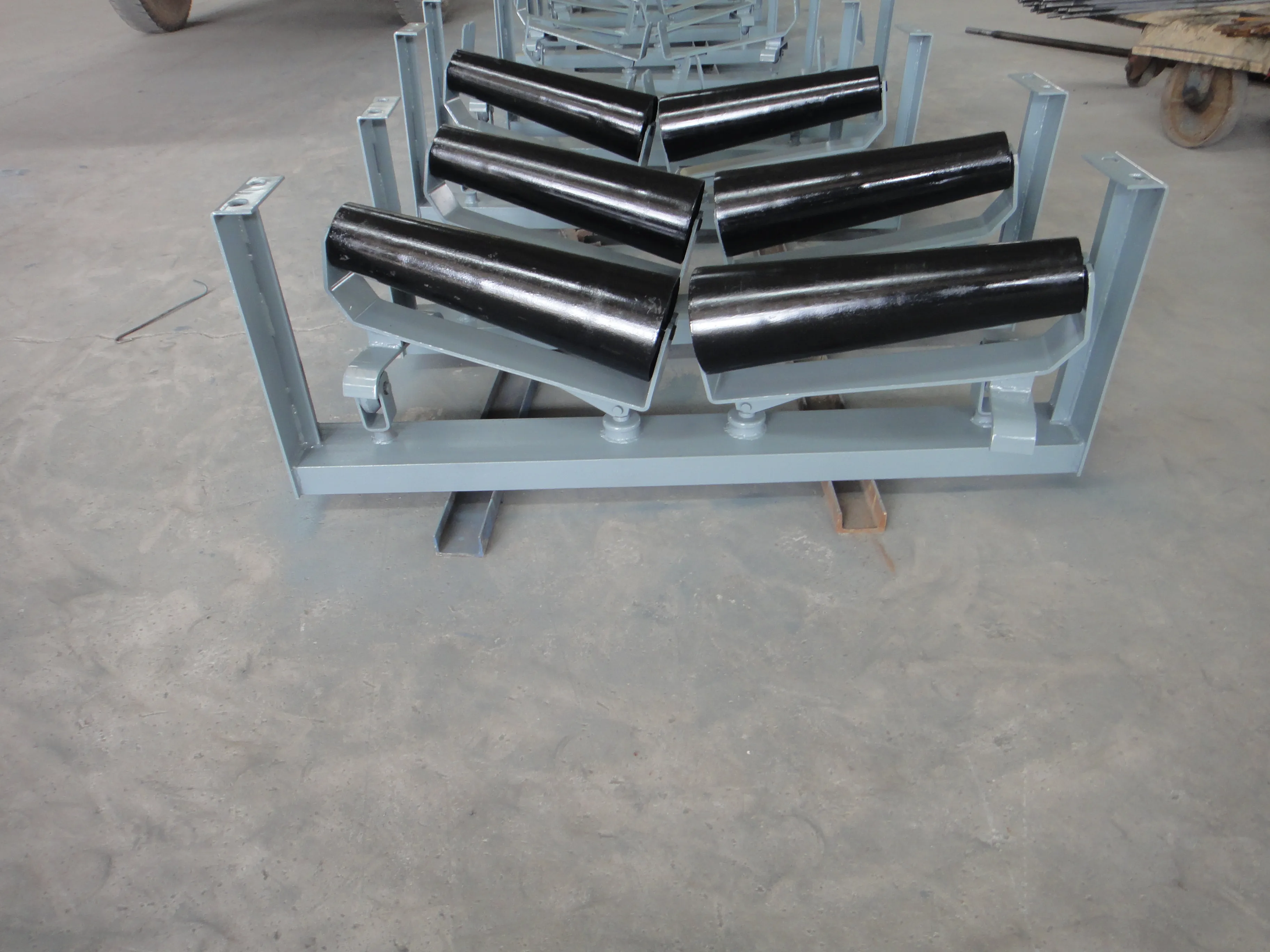 Afrikaans
Afrikaans  Albanian
Albanian  Amharic
Amharic  Arabic
Arabic  Armenian
Armenian  Azerbaijani
Azerbaijani  Basque
Basque  Belarusian
Belarusian  Bengali
Bengali  Bosnian
Bosnian  Bulgarian
Bulgarian  Catalan
Catalan  Cebuano
Cebuano  Corsican
Corsican  Croatian
Croatian  Czech
Czech  Danish
Danish  Dutch
Dutch  English
English  Esperanto
Esperanto  Estonian
Estonian  Finnish
Finnish  French
French  Frisian
Frisian  Galician
Galician  Georgian
Georgian  German
German  Greek
Greek  Gujarati
Gujarati  Haitian Creole
Haitian Creole  hausa
hausa  hawaiian
hawaiian  Hebrew
Hebrew  Hindi
Hindi  Miao
Miao  Hungarian
Hungarian  Icelandic
Icelandic  igbo
igbo  Indonesian
Indonesian  irish
irish  Italian
Italian  Japanese
Japanese  Javanese
Javanese  Kannada
Kannada  kazakh
kazakh  Khmer
Khmer  Rwandese
Rwandese  Korean
Korean  Kurdish
Kurdish  Kyrgyz
Kyrgyz  Lao
Lao  Latin
Latin  Latvian
Latvian  Lithuanian
Lithuanian  Luxembourgish
Luxembourgish  Macedonian
Macedonian  Malgashi
Malgashi  Malay
Malay  Malayalam
Malayalam  Maltese
Maltese  Maori
Maori  Marathi
Marathi  Mongolian
Mongolian  Myanmar
Myanmar  Nepali
Nepali  Norwegian
Norwegian  Norwegian
Norwegian  Occitan
Occitan  Pashto
Pashto  Persian
Persian  Polish
Polish  Portuguese
Portuguese  Punjabi
Punjabi  Romanian
Romanian  Russian
Russian  Samoan
Samoan  Scottish Gaelic
Scottish Gaelic  Serbian
Serbian  Sesotho
Sesotho  Shona
Shona  Sindhi
Sindhi  Sinhala
Sinhala  Slovak
Slovak  Slovenian
Slovenian  Somali
Somali  Spanish
Spanish  Sundanese
Sundanese  Swahili
Swahili  Swedish
Swedish  Tagalog
Tagalog  Tajik
Tajik  Tamil
Tamil  Tatar
Tatar  Telugu
Telugu  Thai
Thai  Turkish
Turkish  Turkmen
Turkmen  Ukrainian
Ukrainian  Urdu
Urdu  Uighur
Uighur  Uzbek
Uzbek  Vietnamese
Vietnamese  Welsh
Welsh  Bantu
Bantu  Yiddish
Yiddish  Yoruba
Yoruba  Zulu
Zulu belt conveyor head pulley
Understanding Belt Conveyor Head Pulleys
Belt conveyors are a vital component of many industrial operations, providing an efficient means of transporting materials across various distances. One of the essential components of a belt conveyor system is the head pulley. This article delves into the function, types, and significance of head pulleys in belt conveyor systems.
The head pulley is located at the discharge end of the conveyor. Its primary function is to drive the conveyor belt. When the motor powers the head pulley, it causes the belt to move, allowing materials to be transported from one point to another. As the belt wraps around the head pulley, it creates friction that propels the material forward. This critical role makes the head pulley a key element in ensuring the efficiency and effectiveness of the entire conveyor system.
Understanding Belt Conveyor Head Pulleys
Head pulleys can also come in various designs and materials. They can have a smooth surface, which reduces wear on the belt, or a lagged surface that increases friction for improved grip. Lagging can be made from rubber, ceramic, or other materials, enhancing the pulley’s performance in specific conditions, such as wet or slippery environments. Moreover, head pulleys can be engineered for specific applications, such as those needing increased traction or resistance to environmental stresses.
belt conveyor head pulley

The significance of the head pulley extends beyond mere movement of materials. Its design and condition can heavily influence the durability and lifespan of the conveyor system. A well-maintained head pulley promotes smooth operation, reduces the chances of belt slippage, and minimizes wear and tear. Preventative maintenance, which includes regular inspections and timely replacements of worn parts, is essential in ensuring that the head pulley operates optimally.
In addition to its mechanical function, the head pulley also plays a critical role in material handling safety. Ensuring that the head pulley is functioning correctly prevents the risk of hazardous material spills, which can lead to safety incidents or messy work environments. Installing guards and safety devices around the head pulley can further enhance safety by preventing accidental contact with moving parts.
The design and material choices of head pulleys also contribute to energy efficiency. Modern conveyor systems aim to reduce operational costs and energy consumption by optimizing how motors interact with head pulleys. For instance, using lightweight materials for the head pulley can reduce the energy required for movement, translating to lower energy bills and a smaller carbon footprint.
In conclusion, the head pulley is an integral component of belt conveyor systems, responsible for driving the belt and ensuring the efficient transport of materials. Understanding its functions, types, and importance is crucial for anyone involved in the design, maintenance, or operation of conveyor systems. By investing in high-quality head pulleys and adhering to proper maintenance standards, industries can enhance their operational efficiency, safety, and longevity of their conveyor systems. Whether in manufacturing, mining, or logistics, the head pulley plays a pivotal role in the success of various applications, underscoring its importance in modern industrial practices.
-
Revolutionizing Conveyor Reliability with Advanced Rubber Lagging PulleysNewsJul.22,2025
-
Powering Precision and Durability with Expert Manufacturers of Conveyor ComponentsNewsJul.22,2025
-
Optimizing Conveyor Systems with Advanced Conveyor AccessoriesNewsJul.22,2025
-
Maximize Conveyor Efficiency with Quality Conveyor Idler PulleysNewsJul.22,2025
-
Future-Proof Your Conveyor System with High-Performance Polyurethane RollerNewsJul.22,2025
-
Driving Efficiency Forward with Quality Idlers and RollersNewsJul.22,2025





























